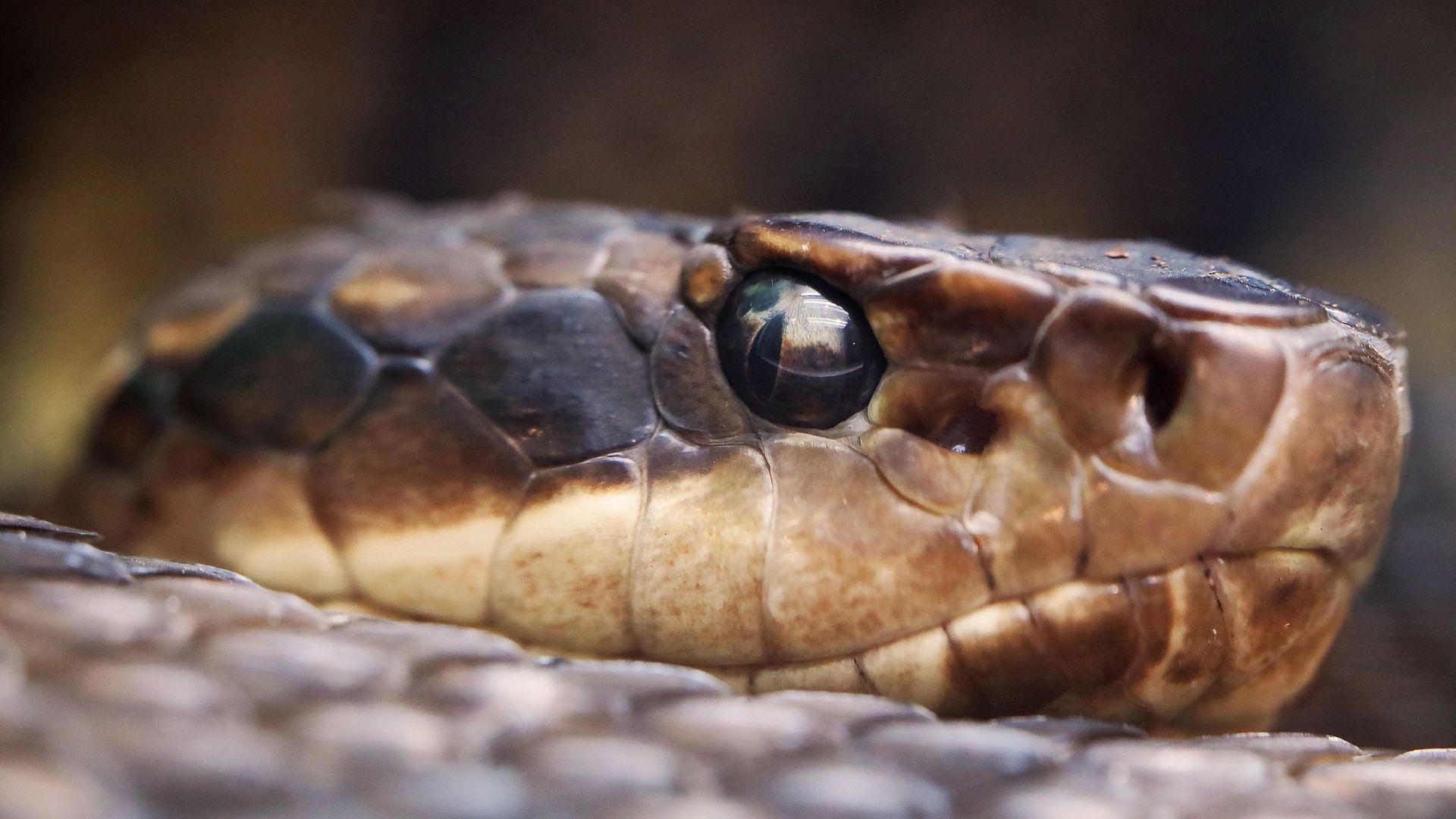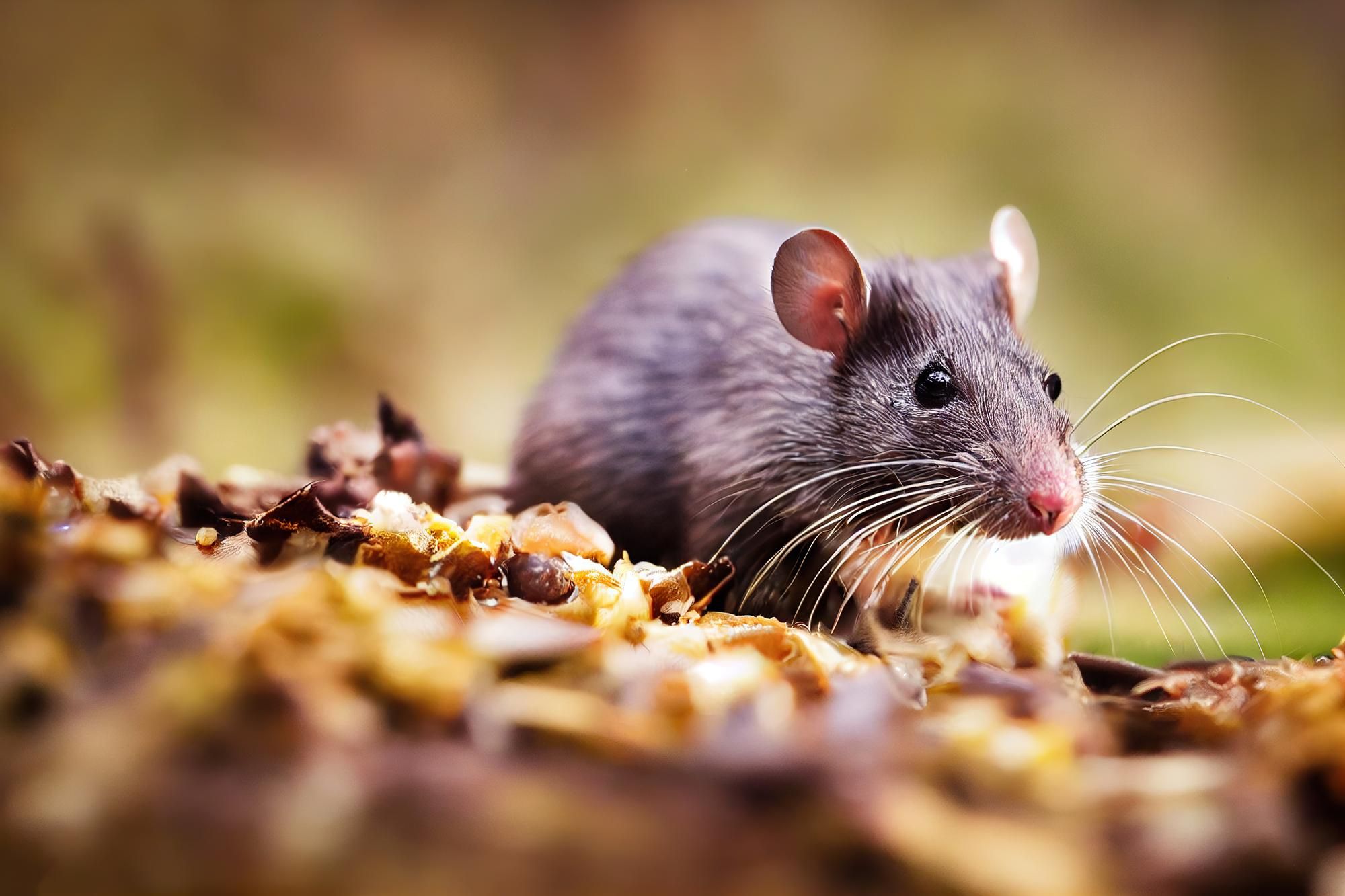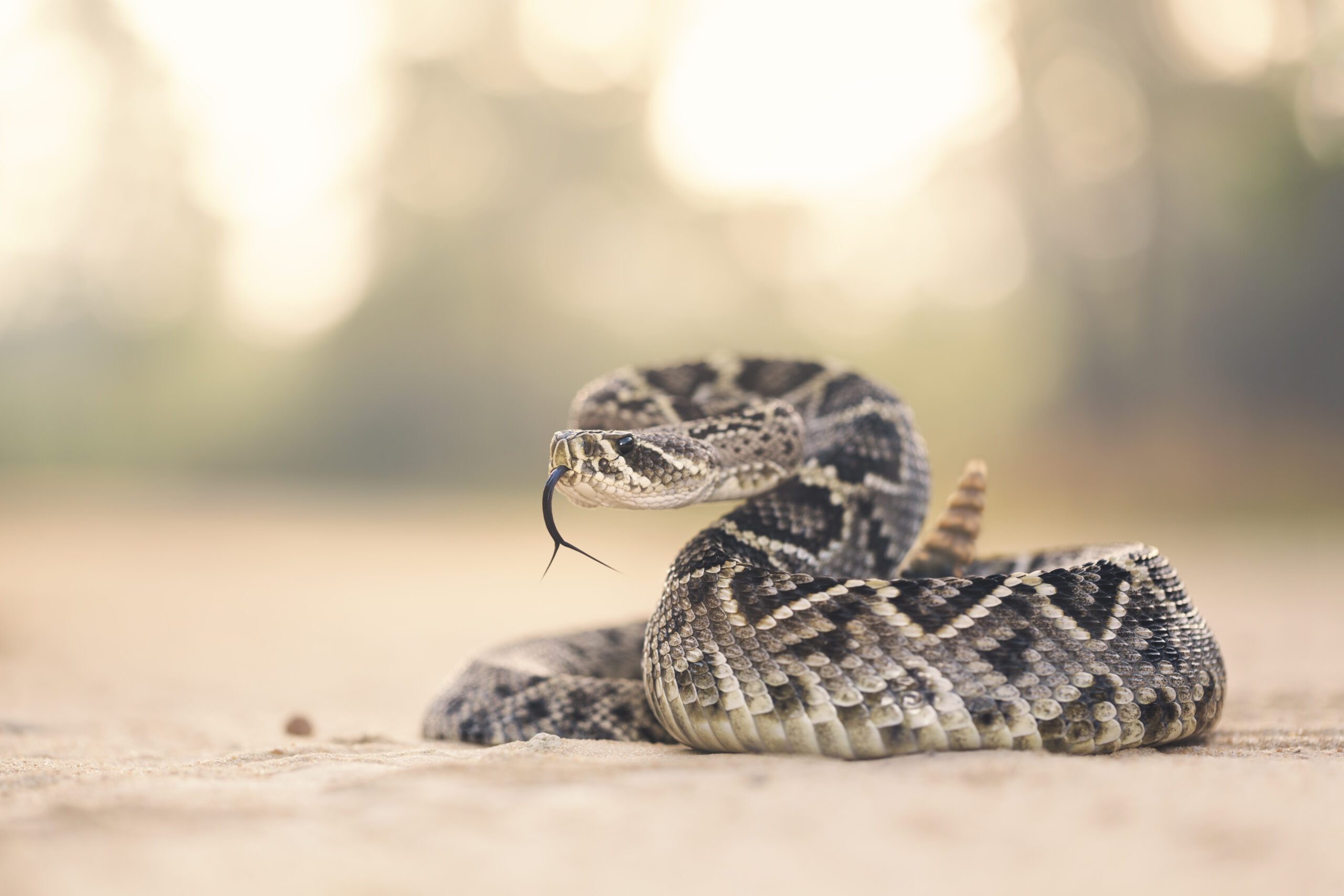Snake control is important to reduce the risk of snake bites and other negative encounters. By taking steps to prevent snakes from entering homes and gardens, identifying and removing potential hiding spots, and utilizing non-lethal control methods such as snake traps or repellents, people can greatly reduce the likelihood of negative encounters with snakes.
Snakes are an important part of many ecosystems, playing important roles in controlling rodent populations and maintaining a balance within the food chain. However, when snakes come into contact with humans or their property, they can pose a serious threat to health and safety.
Venomous snakes, in particular, can be very dangerous to people and pets, causing severe injuries or even death. Even non-venomous snakes can still be intimidating and cause fear, leading to negative experiences for people who encounter them.
Additionally, in some cases, lethal control methods may be necessary to protect human safety and property, especially when dealing with venomous snakes. It is important to note, however, that lethal control should always be a last resort and should only be carried out by trained professionals who can ensure that it is done safely and humanely.
Common Snakes To Watch Out For
Florida is home to a diverse range of snake species, with habitats ranging from wetlands and swamps to forests and suburban areas. Some of the most common snakes found in Florida and their habitats include:
- Eastern Diamondback Rattlesnake (Crotalus adamanteus): The largest venomous snake in North America, the Eastern Diamondback Rattlesnake is found in a variety of habitats throughout Florida, including pine and scrub forests, palmetto thickets, and coastal areas. They are known for their distinctive diamond-shaped markings and rattles on their tails.
- Eastern Coral Snake (Micrurus fulvius): This venomous snake is found in pine and hardwood forests, as well as scrub and coastal areas. They have bright red, yellow, and black bands and are often confused with non-venomous snakes that have similar coloration.
- Florida Cottonmouth (Agkistrodon piscivorus conanti): Also known as the water moccasin, the Florida Cottonmouth is found in and around bodies of water such as swamps, marshes, and streams. They are venomous and have a distinctive triangular head and dark markings on their bodies.
- Eastern Rat Snake (Pantherophis alleghaniensis): This non-venomous snake is found in a variety of habitats, including forests, farmland, and suburban areas. They can grow up to 6 feet long and are typically brown or black in color with white or yellow bellies.
- Southern Black Racer (Coluber constrictor priapus): This non-venomous snake is found in a variety of habitats, including fields, forests, and suburban areas. They are known for their speed and agility and can grow up to 6 feet long. They are typically black with a white chin and belly.
- Eastern Garter Snake (Thamnophis sirtalis): This non-venomous snake is found in a variety of habitats, including wetlands, forests, and suburban areas. They are typically brown or black with yellow or white stripes running down their bodies.
- Florida Green Water Snake (Nerodia floridana): This non-venomous snake is found in and around bodies of water such as swamps, lakes, and streams. They are typically green or brown in color and can grow up to 5 feet long.
Florida is home to a diverse range of snake species, each with its own unique habitat requirements and characteristics. Understanding the types of snakes found in Florida and their habitats can help people better prepare for potential encounters and take proactive steps to prevent negative interactions.
Risks Snakes Create For Homeowners
While snakes play important ecological roles in many ecosystems, they can also pose potential risks to human health and safety. Here are some of the possible risks associated with snakes:
Venomous snake bites: Venomous snakes, such as rattlesnakes and coral snakes, can inject venom into their prey or predators when they bite. Venomous snake bites can cause a range of symptoms, including swelling, pain, and even death in severe cases.
Allergic reactions: Some people may be allergic to snake venom, which can lead to severe allergic reactions and even anaphylaxis in rare cases.
Fear and anxiety: Even non-venomous snakes can cause fear and anxiety in people who encounter them. This can lead to negative psychological effects and affect people’s quality of life.
Property damage: Snakes may enter homes and buildings in search of food or shelter, causing damage to property and infrastructure.
Agricultural damage: Snakes may also cause damage to crops, livestock, and other agricultural assets.
Spread of diseases: Some snakes may carry diseases that can be transmitted to humans or other animals, such as salmonella.
Disruption of ecosystems: Human activities such as habitat destruction and introduction of invasive species can disrupt natural ecosystems and affect snake populations, leading to potential ecological consequences.
Overall, while the risks associated with snakes may vary depending on the species and context, it is important for people to be aware of these risks and take proactive measures to prevent negative encounters. This may include proper education and training, use of protective gear, and responsible control methods when necessary.
Snake Control For Lawns And Gardens
While snakes play important roles in many ecosystems, they can pose a potential threat to people and pets when they enter homes or gardens. Here are some tips for preventing snakes from entering homes and gardens:
Seal off entry points: Snakes can enter through small openings and gaps in windows, doors, and walls. Seal off these entry points with caulking, weatherstripping, or other appropriate materials.
Keep grass and vegetation trimmed: Tall grass and dense vegetation can provide hiding places for snakes. Keep your lawn and garden trimmed to reduce potential hiding places.
Remove debris and clutter: Piles of debris, such as rocks, wood, and leaves, can provide hiding places for snakes. Remove any unnecessary clutter and keep your yard tidy.
Store firewood properly: Snakes may hide in stacks of firewood. Store firewood off the ground and away from your home.
Eliminate potential food sources: Snakes may enter homes and gardens in search of food, such as rodents and insects. Eliminate potential food sources by keeping your home clean and free of clutter, sealing off food storage areas, and using appropriate pest control measures.
Use snake repellents: There are various snake repellents available, such as commercial products and natural remedies. While their effectiveness may vary, using repellents may help deter snakes from entering your home or garden.
Be aware of your surroundings: When spending time outdoors, be aware of your surroundings and keep an eye out for snakes. Avoid walking through tall grass or dense vegetation, and wear appropriate protective gear, such as boots and long pants.
Taking proactive measures to prevent snakes from entering your home or garden can help reduce the risk of negative encounters and ensure a safe and healthy living environment.
Removing Potential Snake Hiding Places
Snakes can be difficult to detect and may hide in various places, such as bushes, logs, and piles of debris. Identifying and removing potential snake hiding spots can help reduce the risk of negative encounters and keep your home and garden safe. Here are some tips for identifying and removing potential snake hiding spots:
Clear debris: Piles of debris, such as wood, leaves, and rocks, can provide hiding places for snakes. Clear away any unnecessary debris in your yard and garden.
Trim vegetation: Overgrown bushes, shrubs, and tall grass can provide hiding places for snakes. Trim vegetation regularly to reduce potential hiding spots.
Fill in holes: Snakes may enter through small holes or gaps in walls, foundations, or other structures. Fill in any holes or gaps with appropriate materials, such as caulking or mesh.
Store firewood properly: Snakes may hide in stacks of firewood. Store firewood off the ground and away from your home.
Use mulch sparingly: Mulch can provide a suitable habitat for snakes, especially if it is damp and dark. Use mulch sparingly and keep it away from the edges of your home.
Keep your yard tidy: A tidy yard can reduce the risk of snakes finding hiding spots. Keep your yard free of clutter and regularly remove any fallen leaves or branches.
Install snake fencing: Snake fencing can be an effective way to prevent snakes from entering your property. This type of fencing is designed to prevent snakes from climbing over or burrowing under it.
Identifying and removing potential snake hiding spots can help reduce the risk of negative encounters and keep your home and garden safe. If you are unsure about how to identify and remove potential hiding spots, consider consulting with a professional wildlife removal service for assistance.
Snake Control Methods
Snake control methods aim to prevent snakes from entering or residing in an area. Here are three common snake control methods:
Habitat Modification: One of the most effective ways to control snakes is by modifying their habitat. This method involves removing the things that attract snakes, such as piles of debris, tall grass, and standing water. By removing these potential hiding places and food sources, snakes are less likely to enter and reside in the area.
Physical Barriers: Physical barriers, such as snake fencing or mesh screens, can be installed to prevent snakes from entering an area. These barriers should be installed below the ground to prevent snakes from burrowing under them and above the ground to prevent snakes from climbing over them. Physical barriers can be a highly effective method of snake control, especially when used in conjunction with other control methods.
Professional Snake Removal: When all other methods fail or in cases of a serious snake infestation, professional snake removal may be necessary. A professional snake removal service will safely and humanely remove any snakes from the area and may also offer prevention services to help prevent future infestations. It is important to choose a reputable and experienced professional to ensure that snakes are safely and effectively removed.
Effective snake control involves a combination of methods, including habitat modification, physical barriers, and professional snake removal. By using these methods in conjunction with one another, homeowners and businesses can effectively control and prevent snake infestations.
Professional Snake Removal Services
Professional snake control services are available for homeowners and businesses who need assistance with snake removal and prevention. These services typically involve a team of trained professionals who have experience dealing with a wide range of snake species and can safely and effectively remove them from your property. Here are some of the services that professional snake control companies may offer:
Snake removal: Professional snake control services can safely remove snakes from your home or property using humane and effective methods. They may use traps or other specialized equipment to capture the snake and then release it in a safe location.
Snake identification: It can be difficult to identify different snake species, especially if you are not familiar with them. Professional snake control services can accurately identify the species of snake you are dealing with, which can be helpful in determining the best course of action.
Snake prevention: Professional snake control services can help you prevent snakes from entering your home or property by identifying potential entry points and implementing effective prevention strategies. This may involve sealing off entry points, removing potential hiding spots, and using deterrents, such as snake fencing or repellents.
Education and consultation: Professional snake control services can provide education and consultation services to help you better understand snake behavior and how to prevent negative encounters. This may include tips on how to keep your home and property snake-free, as well as information on how to safely and responsibly interact with snakes if you do encounter them.
Professional snake control services can be a valuable resource for homeowners and businesses who need assistance with snake removal and prevention. By working with trained professionals, you can ensure that snakes are safely and effectively removed from your property and that you have the knowledge and resources you need to prevent future encounters.
Choosing The Right Professional Snake Removal Service
Choosing the right professional snake removal service is important to ensure that snakes are safely and effectively removed from your property. Here are some factors to consider when choosing a professional snake removal service:
Experience: Look for a company that has experience dealing with a wide range of snake species and situations. Ask for references and read online reviews to get a sense of the company’s track record.
Licensing and insurance: Make sure the company is licensed and insured to provide snake removal services in your area. This will ensure that you are working with a reputable and professional company that adheres to industry standards.
Humane methods: Look for a company that uses humane methods to remove snakes from your property. This may involve live trapping and release in a safe location, rather than killing the snake.
Prevention services: Choose a company that also offers prevention services, such as identifying potential entry points and implementing effective prevention strategies. This will help ensure that snakes do not return to your property after they have been removed.
Education and consultation: Look for a company that provides education and consultation services to help you better understand snake behavior and how to prevent negative encounters. This can be helpful in ensuring that you have the knowledge and resources you need to prevent future snake infestations.
Cost: While cost should not be the only factor you consider, it is important to choose a company that offers transparent and reasonable pricing. Make sure you understand the full cost of the services before you agree to work with the company.
Choosing a professional snake removal service requires careful consideration of a variety of factors. By choosing a reputable and experienced company that uses humane methods and offers prevention services and education, you can ensure that snakes are safely and effectively removed from your property. You can also use a reputable organization like the National Wildlife Control Operators Association to help you find a local snake removal professional near you.




